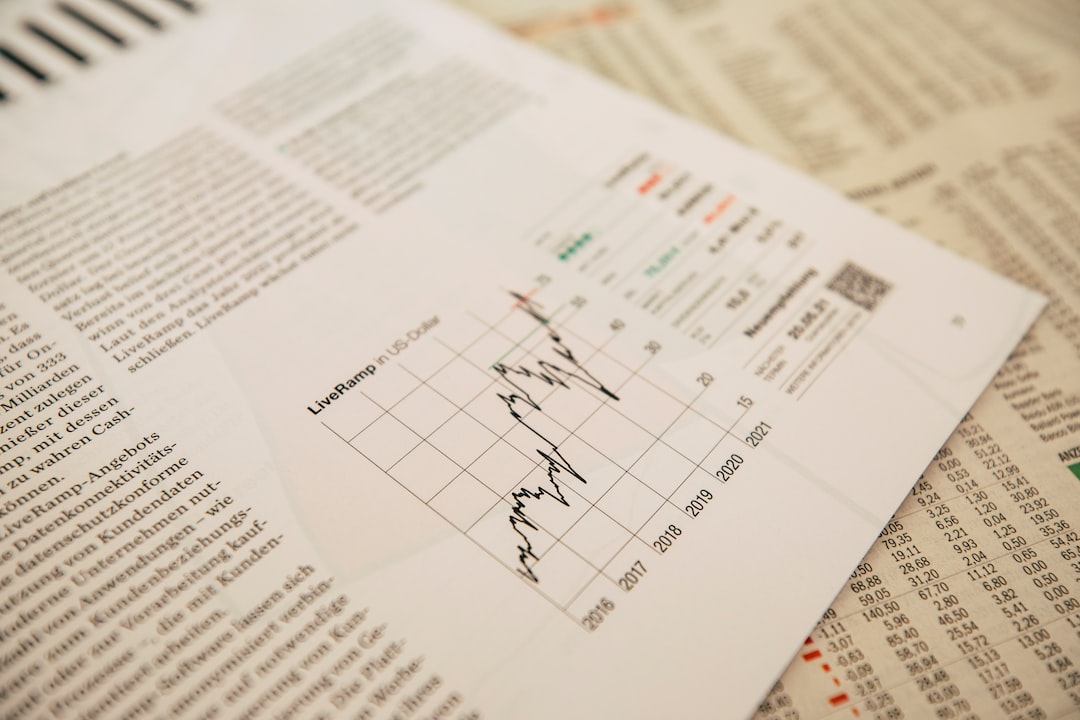The forex market is an important financial market where currencies are traded. It is open 24 hours a day, five days a week, and is the largest financial market in the world. One of the unique characteristics of the forex market is that it often opens with a gap. This can be confusing for many traders, and it has led to a lot of speculation about why this happens. In this article, we will explore the reasons behind this phenomenon.
What is a gap in the forex market?
A gap in the forex market is a sudden jump in the price of a currency pair when the market opens. This means that the price of the currency pair at the close of the previous trading session is different from the price at the open of the next session. The gap can be either positive or negative, depending on the direction of the price movement.
Why does the forex market open with a gap?
There are several reasons why the forex market opens with a gap. The most common reasons are:
1. Economic events
Economic events such as interest rate decisions, GDP reports, and employment data can have a significant impact on the forex market. These events are often announced outside of trading hours, which means that the market has to adjust to the new information when it opens. If the news is positive for a currency, it can cause a gap up, and if it is negative, it can cause a gap down.
2. Political events
Political events such as elections, referendums, and policy changes can also have a significant impact on the forex market. These events can create uncertainty and volatility, which can cause the market to gap up or down when it opens.
3. Liquidity
The forex market is a decentralized market, which means that there is no central exchange. Instead, currencies are traded through a network of banks and other financial institutions. When the market is closed, there is less liquidity, which means that there may be fewer buyers and sellers. This can cause the market to gap when it opens because orders that were placed when the market was closed are executed at the next available price.
4. Time zone differences
The forex market is open 24 hours a day, five days a week. This means that when the market closes in one time zone, it opens in another. This can cause the market to gap because the price of a currency pair in one time zone may be different from the price in another time zone.
How to trade gaps in the forex market
Gaps can provide trading opportunities for traders who are able to identify them and take advantage of them. There are several strategies that traders can use to trade gaps:
1. Gap-fading
Gap-fading is a strategy that involves trading against the gap. This means that if the market gaps up, the trader would sell, and if the market gaps down, the trader would buy. This strategy is based on the assumption that the gap will eventually close, and the price will return to its pre-gap level.
2. Gap-filling
Gap-filling is a strategy that involves trading in the direction of the gap. This means that if the market gaps up, the trader would buy, and if the market gaps down, the trader would sell. This strategy is based on the assumption that the gap will continue, and the price will move further in the direction of the gap.
3. Wait and see
Another strategy for trading gaps is to wait and see what happens. This means that the trader would wait for the gap to close or for the price to move in a certain direction before entering a trade.
Conclusion
In conclusion, the forex market often opens with a gap because of economic and political events, time zone differences, and liquidity. Gaps can provide trading opportunities for traders who are able to identify them and take advantage of them. However, gaps can also be risky, and traders should use caution when trading them. By understanding the reasons behind gaps in the forex market, traders can make informed trading decisions and manage their risk effectively.





